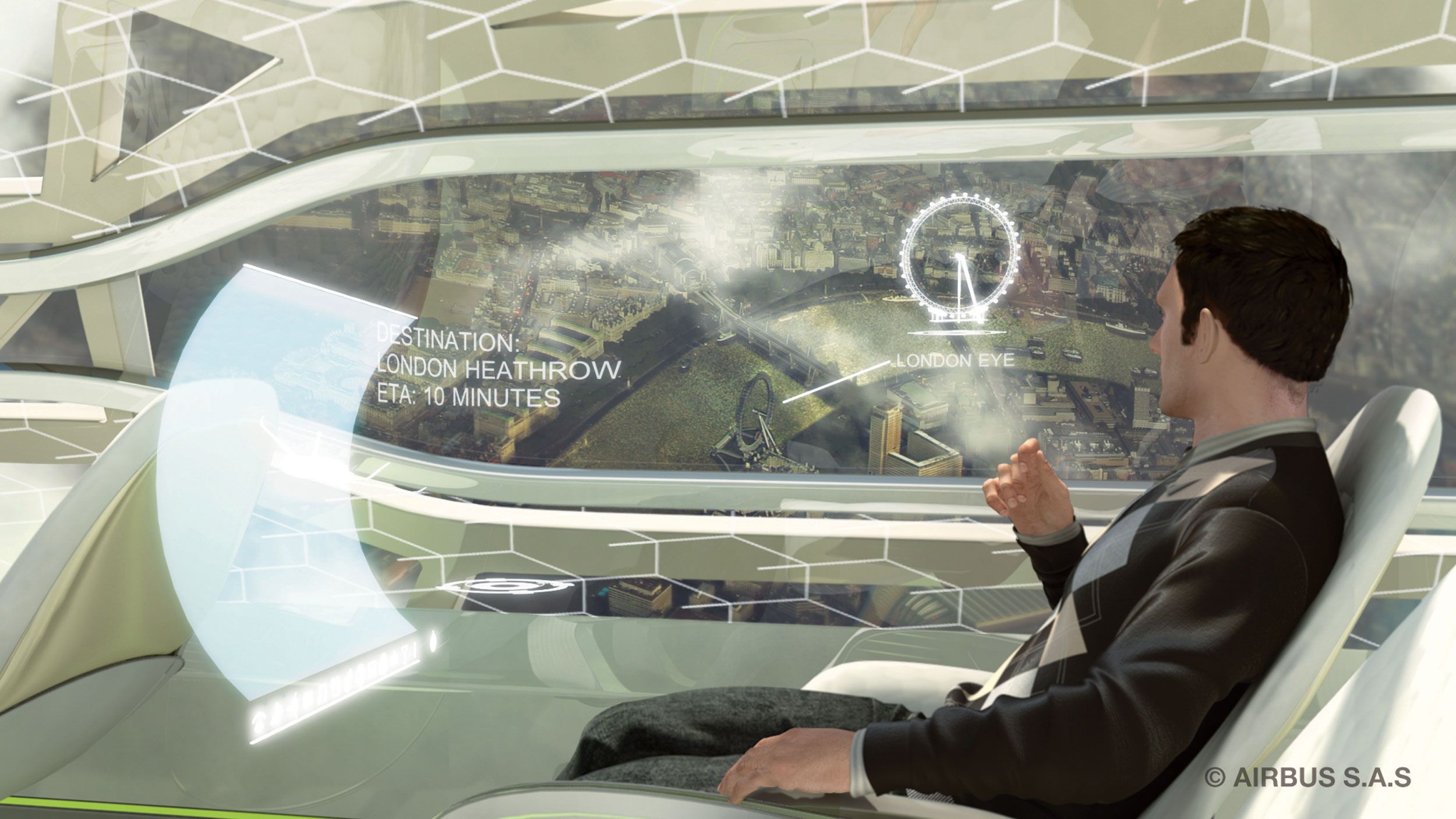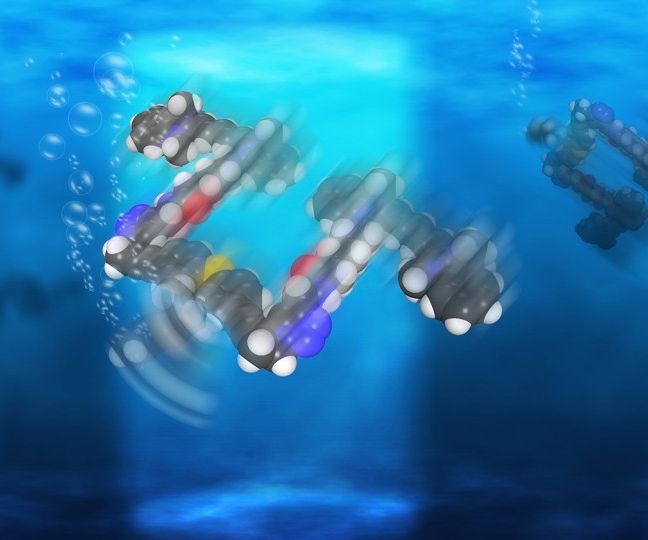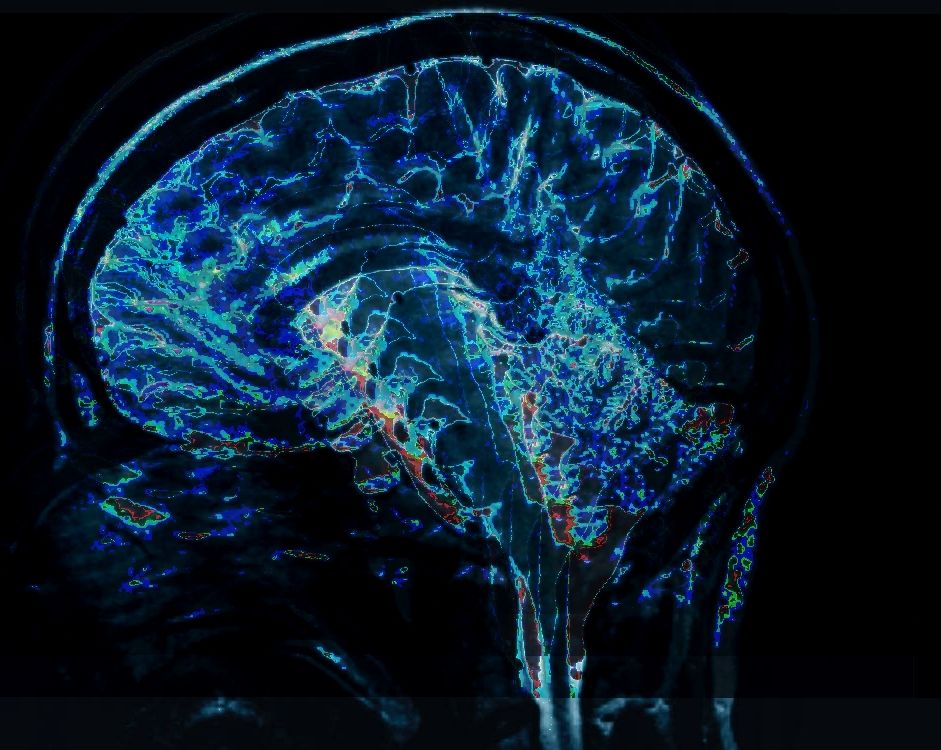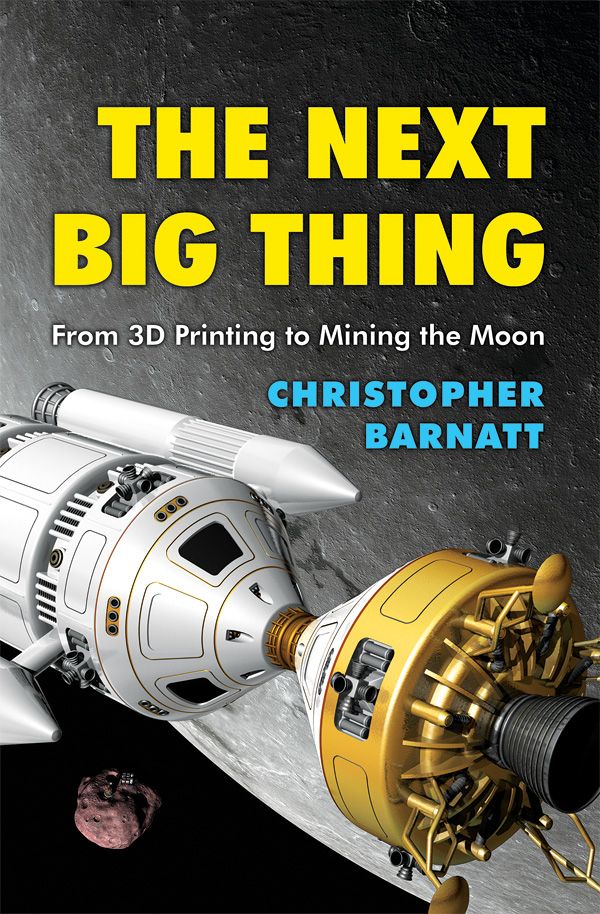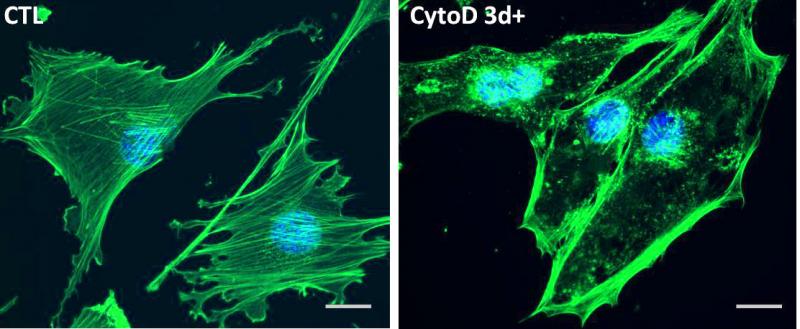In spite of the popular perception of the state of artificial intelligence, technology has yet to create a robot with the same instincts and adaptability as a human. While humans are born with some natural instincts that have evolved over millions of years, Neuroscientist and Artificial Intelligence Expert Dr. Danko Nikolic believes these same tendencies can be instilled in a robot.
“Our biological children are born with a set of knowledge. They know where to learn, they know where to pay attention. Robots simply can not do that,” Nikolic said. “The problem is you can not program it. There’s a trick we can use called AI Kindergarten. Then we can basically interact with this robot kind of like we do with children in kindergarten, but then make robots learn one level lower, at the level of something called machine genome.”
Programming that machine genome would require all of the innate human knowledge that’s evolved over thousands of years, Nikolic said. Lacking that ability, he said researchers are starting from scratch. While this form of artificial intelligence is still in its embryonic state, it does have some evolutionary advantages that humans didn’t have.
“By using AI Kindergarten, we don’t have to repeat the evolution exactly the way evolution has done it,” Nikolic said. “This experiment has been done already and the knowledge is already stored in our genes, so we can accelerate tremendously. We can skip millions of failed experiments where evolution has failed already.”
Continue reading “Can Artificial Intelligence Be Taught?” »

